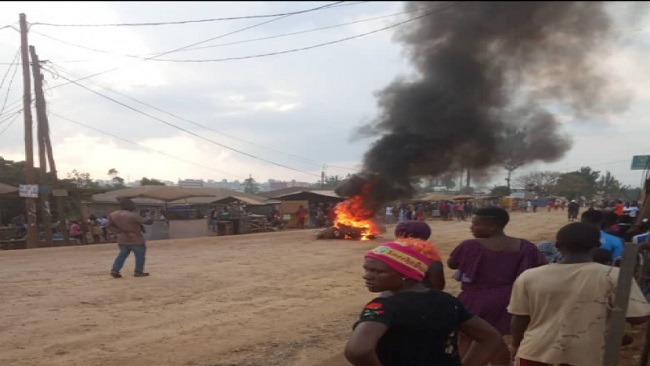Pension changes for South Africa could boost Ramaphosa’s investment plans
The National Treasury today has published its draft amendments to Regulation 28 of the Pension Funds Act for public comment.

The National Treasury today has published its draft amendments to Regulation 28 of the Pension Funds Act for public comment.
The proposed amendments seek to make it easier for retirement funds to increase investment in infrastructure and improve the measurement of infrastructure investment by the Financial Sector Conduct Authority (FSCA).
The amendments refer to infrastructure investment already permitted through various asset classes and suggest delinking the asset category related to “hedge funds, private equity funds and other assets”.
Delinking this asset category will make private equity a separate asset class with a higher investment limit, Treasury said.
The draft change proposes that the overall investment in infrastructure across all asset categories, may not exceed 45% in respect of domestic exposure and an additional limit of 10% in respect of the rest of Africa.
“Regulation 28, issued in terms of section 36(1)(bB) of the Pension Funds Act, reduces excessive and concentration risk to member savings and ensures protection by limiting the extent to which retirement funds may invest in a particular asset or in particular asset classes,” Treasury said.
It said that the proposed review of Regulation 28 is informed by a number of calls for increased investment in infrastructure given the current low economic growth climate.
“The current regulation does not define ‘infrastructure’ as a specific category, which is currently spread across a number of asset classes like equity, bonds, loans and private equity.
“Consequently, current data from retirement funds does not record the exact investment in infrastructure.”
Treasury said that the proposed amendment, therefore, introduces a more precise definition of infrastructure to enable much better data and measurement.
Low growth climate
A ‘massive rollout of infrastructure throughout the country’ is one of the key interventions identified as part of President Cyril Ramaphosa’s Economic Reconstruction and Recovery Plan.
In his 2021 state of the nation address, Ramaphosa said that the government has now developed an infrastructure investment project pipeline worth R340 billion in network industries such as energy, water, transport and telecommunications.
Some of the infrastructure projects which have been identified by the president include:
- The Lanseria Smart City, the first new city to be built in a democratic South Africa which will become home to between 350,000 to 500,000 people within the next decade;
- Phase 2A of the Mokolo and Crocodile River Project, and the uMkhomazi Water Project;
- Roads projects worth R19 billion cover the spine of the South African road network;
- The construction and rehabilitation of the major N1, N2, and N3 highways;
- The Student Housing Infrastructure Programme, which aims to provide 300,000 student beds;
- SA Connect, a programme to roll out broadband to schools, hospitals, police stations and other government facilities.
While the infrastructure plan has been welcomed by the private sector, businesses have expressed disappointment at the government’s failure to properly and speedily execute it, noting the 2021 budget indicated a R70 billion underspend.
The outcome for the 2019/20 year showed spending of R187 billion on infrastructure projects when a year ago it was expected to be R257 billion. That is a R70 billion shortfall in planned spending, BLSA CEO Busi Mavuso said.
“There have also been significant reductions in expected spending over the next three years. That is a big disappointment and means we are drifting further away from the National Development Plan goal of spending 30% of GDP on investment in infrastructure.
“Countries that grow fast invest in infrastructure to expand their capacity. It is what we need to do to turn around our economic fortunes,” she said.
“We need to be realistic about this disappointing outcome. It shows that the state lacks the capacity to deliver. That is not a surprise given the loss of key skills experienced over the past decade combined with the fiscal crisis at many levels of government and at state-owned enterprises.”

















